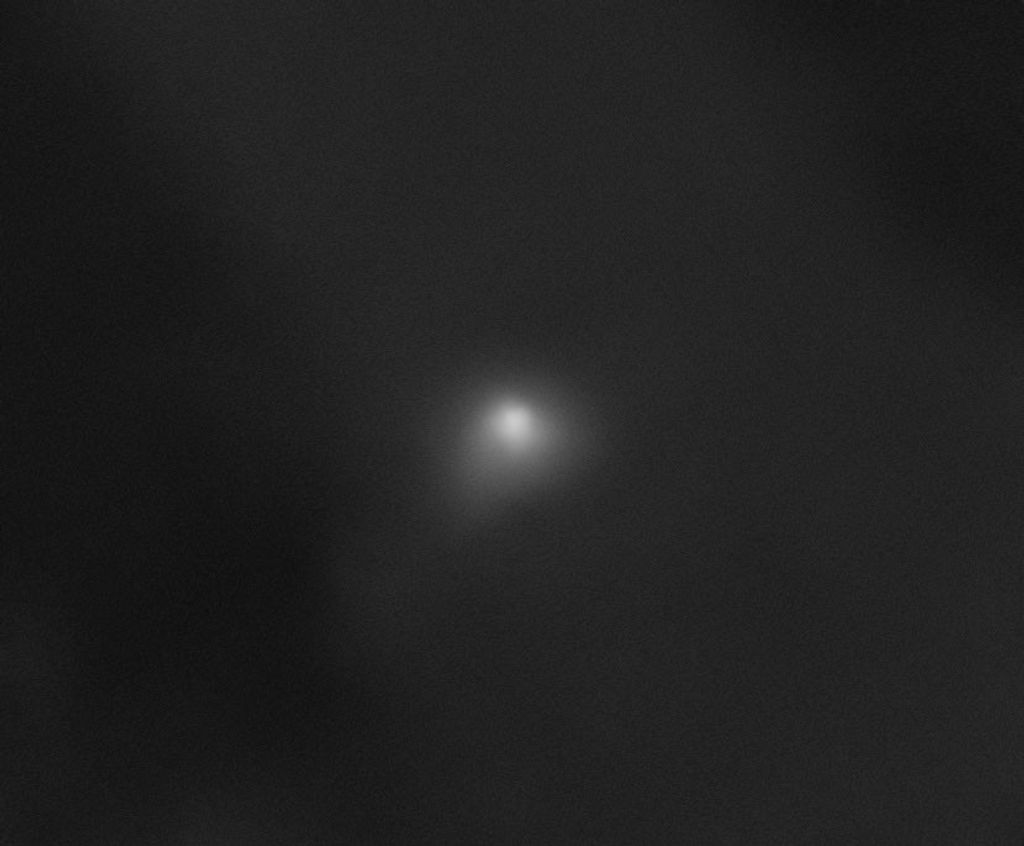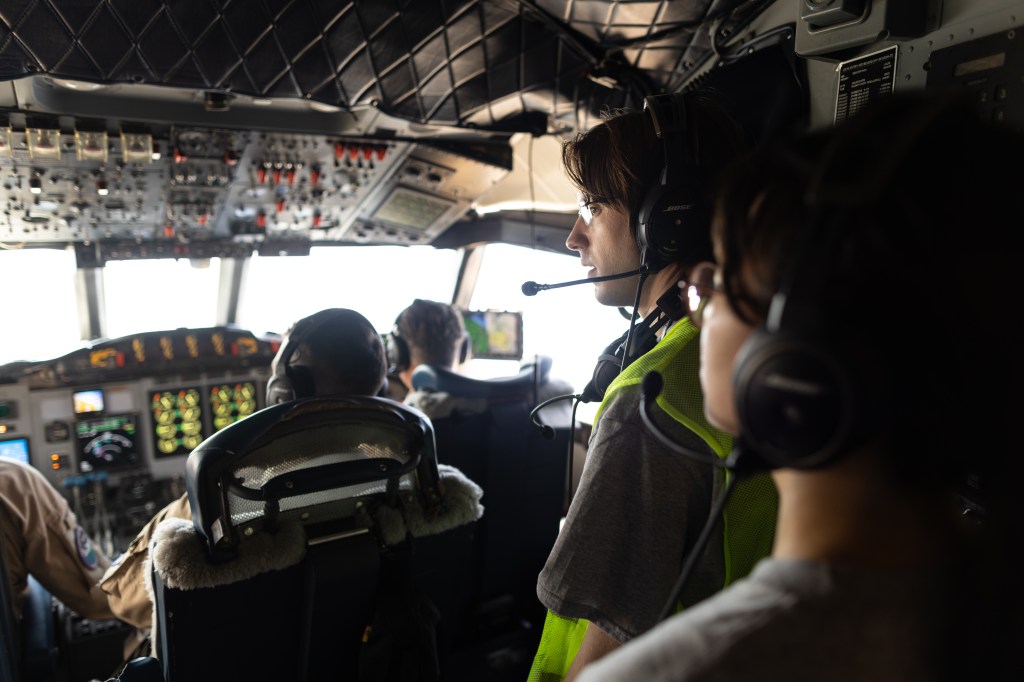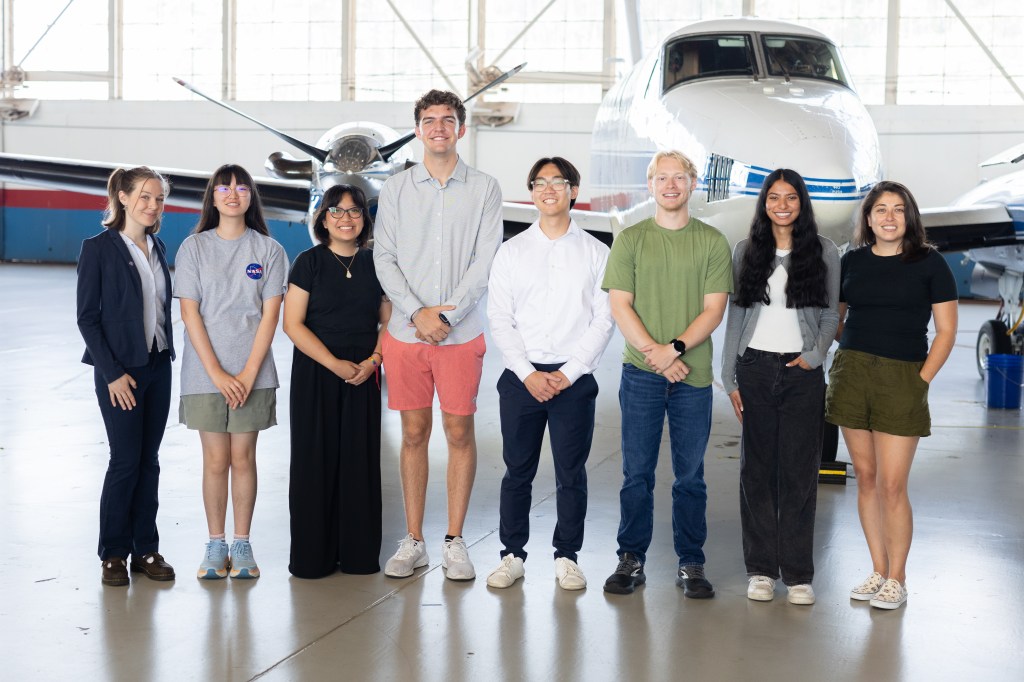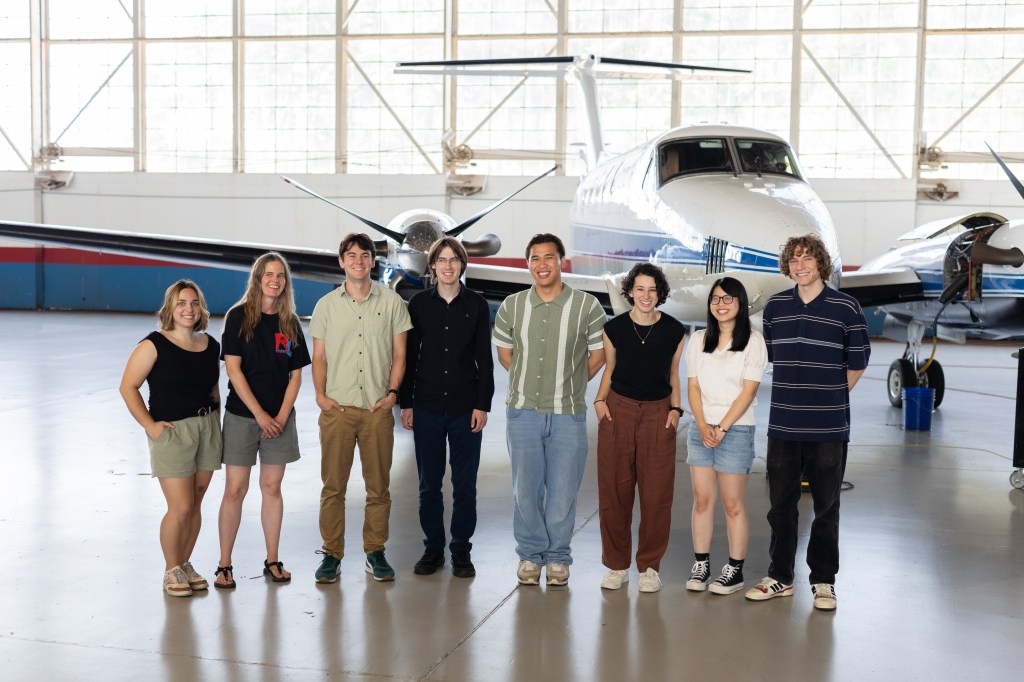It should come as no surprise that a scientist would develop a formula for working from home in the COVID era.
And of course that’s exactly what Rosemary Baize, deputy director for research and mission science in the Science Directorate at NASA’s Langley Research Center in Hampton, Virginia, has done.
Baize lives in York County with her son and teenage daughter, two elderly parents and two dogs. Part of her formula was to establish boundaries early on.
“During the day pretty much everybody knows that unless it’s an emergency, that’s work time,” she said.
Those boundaries don’t just extend to Baize’s family. She had to set them for herself as well, in the form of knowing when to unplug. Early on, workdays would bleed well into the evening. Being online with Microsoft Teams made it easy for people to “see” her. Something had to change.
“When I’m done, I’m done,” she said. “I just try to shut down completely after a certain point to maintain a little bit of sanity.”
The need to unplug became especially critical following a recent death in the family. Baize had to step away from her work for two weeks and hand off responsibilities to others in her organization.
“I completely let go and the team stepped in a took care of everything,” she said. “It just makes me appreciate the team so much more that I know if I say, ‘I want you to work on this,’ it’s done.”
Another key part of Baize’s work-from-home formula has been to get regular exercise. During video or teleconference meetings, she gets up and walks around her dining room. Over the course of a day she’ll get as many 8,000 steps during meetings alone.
However, during those walks around the dining room, Baize has to be wary of the ever-tempting lure of kitchen.
“It’s just right there,” she said. “I could eat my way through the day.”
Baize looks forward to the day she can return to Langley and get back to having professional interactions that don’t involve a digital divide. Video meetings are mostly doing the trick for now, but for her, nothing beats real, in-person interaction.
“In a meeting you can read the body language and you can tell that that person’s confused or that person is angry,” she said. In a digital environment, not so much. “You can’t see that. You can’t do that. It creates a bit of a barrier between people.”
That’s why, in one case, in order to resolve a sensitive work-related issue, Baize had to adjust her formula. With safety protocols and social-distancing guidelines in place, a small group met at her house.
“There are some things you just can’t have on a Teams platform,” she said. “Some things require a more personal touch.”
Baize will be thankful when conditions allow for her to bring that personal touch back to all her interactions. But she’s coping well, and has even found a bright side in a time when it’s all too easy to let cynicism run wild.
“You have to have more trust in an environment like this, and it’s not been a problem,” she said. “That’s a credit to the people at NASA.”
Joe Atkinson
NASA’s Langley Research Center





























